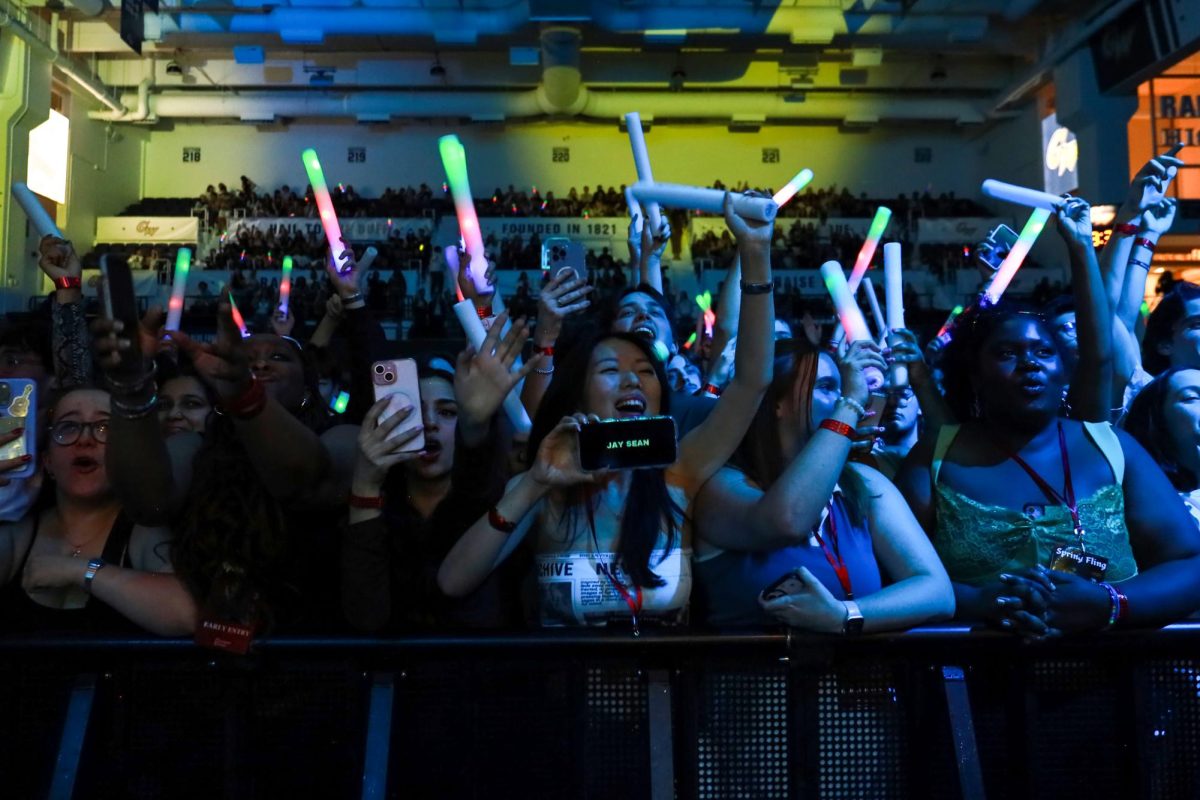Annie Leibovitz rose to public fame by shooting the stars.
The photographer who captured the iconic loving embrace between John Lennon and Yoko Ono for Rolling Stone, and who shot celebrities from Miley Cyrus to Johnny Depp is now turning the lens, focusing instead on historical figures and American iconography in a surprisingly intimate collection at the Smithsonian American Art Museum.
After the death of her partner, author and political activist Susan Sontag, in 2004, Leibovitz started a new project with a series of photographs taken at Niagara Falls. Leibovitz was inspired by the images to photograph a list of iconic American destinations.

Over time the project, which now makes up the moving exhibit “Pilgrimage,” transformed into a collection featuring the relics of notable subjects, from Emily Dickinson to Elvis Presley, and a different kind of celebrity – the landscapes of Yosemite and Old Faithful.
The collection in its entirety contains 70 photographs taken between April 2009 and May 2011.
“Pilgrimage” captures the bed frame where author Henry David Thoreau slept at Walden Pond, a pigeon skeleton Charles Darwin once studied, the home of artist Georgia O’Keefe and the darkroom belonging to photographer Ansel Adams.
Through these portraits, Leibovitz brings out unique individual characteristics of her long-deceased subjects through their tangible belongings. While never using human subjects, she instead expresses beings through leftover possessions and still-standing homes.

“It is, in a way, a portrait of Annie Leibovitz, because she was just following her nose – there was no overall plan. She didn’t start out knowing what the scope of this project would become,” exhibit curator Andy Grundberg said.
Grundberg, a former New York Times photography critic and dean of undergraduate students at the Corcoran College of Art and Design, describes the collection as a marked departure from what audiences know about Leibovitz’s work.
Leibovitz strings together seemingly unconnected themes – ranging from transcendentalism to national parks – in a cohesive display of the relics of human life.
“There’s an interesting notion about how we have adopted a 20th-century notion of celebrity – of something that is created by photography – and [Leibovitz] is going back and seeing what a cultural celebrity might be before photography really made its mark,” Grundberg said.
Grundberg describes Leibovitz’s choice to shoot American landmarks, which are commonly featured on postcards, and which inundate the pages of tourism books as a commentary on American tradition.
“The fact that there’s thousands of pictures of Yosemite taken at exactly the same place – that makes a tradition. That makes the picture more of a reflection on the photographing than of that place,” Grundberg said.
Another feature that distinguishes “Pilgrimage” from Leibovitz’s past work is her decision to use digital film.
Joann Moser, senior curator and coordinating curator at the Smithsonian American Art Museum, explained the collection is the first major project Leibovitz has ever made in all digital photography.
“Pilgrimage” is on display at the Smithsonian American Art Museum through May 20.






